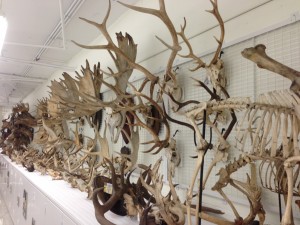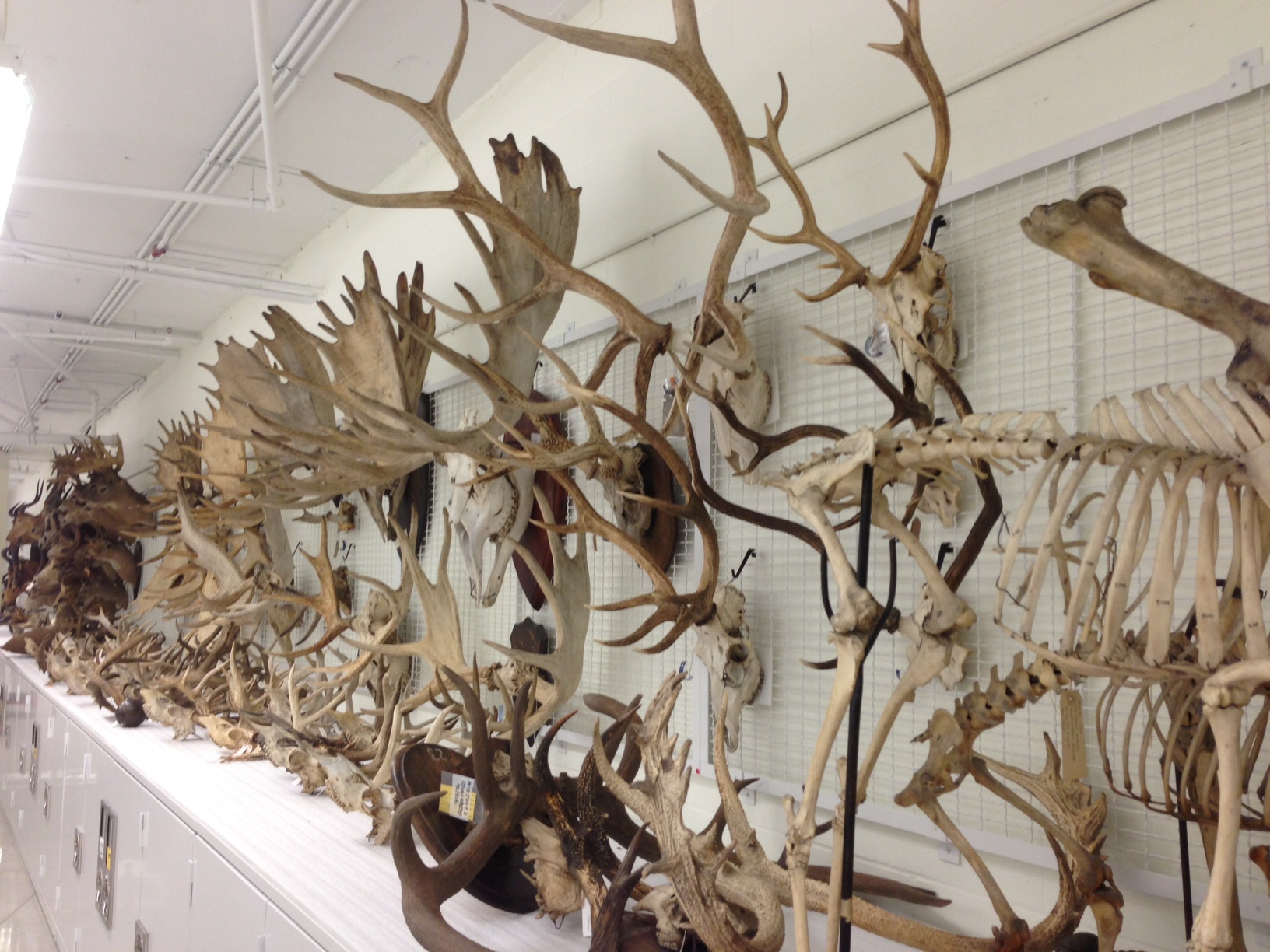
It may be an inconvenient truth in these conservation-focused times but we owe a debt of gratitude to the trophy hunters; the army officers and colonial-types who killed animals for sport and prestige. Without their considerable efforts, the vaults of natural history museums would be devoid of the skeletons and skins which form the bases of both exhibitions and many PhD and MSc. theses. Of course, were it not for the over-zealous efforts of hunters perhaps many charismatic animal species wouldn’t be so endangered now but let’s focus on the positives here…
Naturally, if you’re a hunter looking for a prize, bigger is usually better. It’s far more impressive to have a stag or bear’s head mounted on your wall than a hedgehog or shrew – although I would like to hear the embellished stories which might arise from tales of killing your first hedgehog! Similarly, if you are a taxidermist or museum collections manager in many ways it is easier to prepare and preserve large rather than small mammal specimens.
These collection trends are all well and good if you’re interested in the charismatic species. I, however, am studying the little shrewy-type things; hedgehogs, moles, shrews, golden moles and tenrecs – fascinating species but not prized possessions for your trophy case. Even in some of the world’s largest natural history museums it’s difficult to find intact skulls and skeletons of some of these creatures. Combined with the inherent delicate nature of these animals (some tenrecs’ limbs are tiny!) compiling a complete morphometric data set of the groups remains challenging.

For the museum collections of these little critters that do exist; I am eternally grateful to the progenitors of carefully handwritten labels accompanying the skulls and skeletons on which my PhD research depends. Adventurers such as Major Forsyth, G.K., Creighton, and C.J., Raxworthy who donated specimens from their tropical voyages deserve special thanks in any research which arises from their collective efforts. However, I am also grateful to the back-yard naturalists, the people who collected and preserved the seemingly ordinary, every-day species of common shrews and hedgehogs which are no less important to ecological and evolutionary research than their exotic counterparts. I benefitted greatly from their collective efforts during my recent trip to Chicago’s Field Museum.
Whether naturalists or trophy hunters, the individuals immortalised by museum specimen labels couldn’t possibly have envisaged all of the diverse future research which would be based on their prized collections. It’s an important reminder that, despite the inherent appeal of flagship species, the lesser-spotted or common-something-or-others are just as deserving of our attention and study. Even if you don’t have the equipment or inclination to start posting skeletal remains of common species to your local natural history museum, there are still plenty of ways of contributing to the study of “ordinary” wildlife. Don’t be dazzled by the allure of large-animal trophy hunting and remember that, when it comes to understanding the natural world, bigger is not always better.
Author:
Sive Finlay: sfinlay[at]tcd.ie
@SiveFinlay
Photo Credits
Sive Finlay

